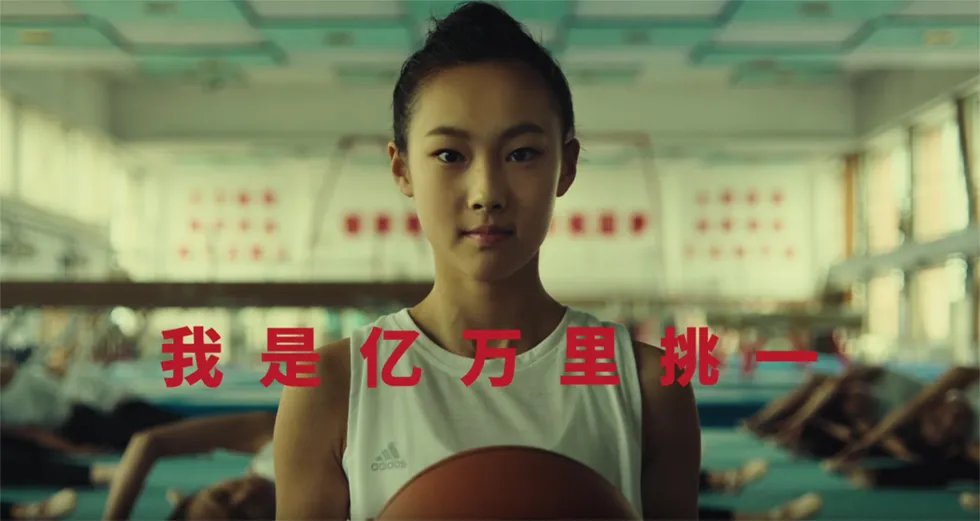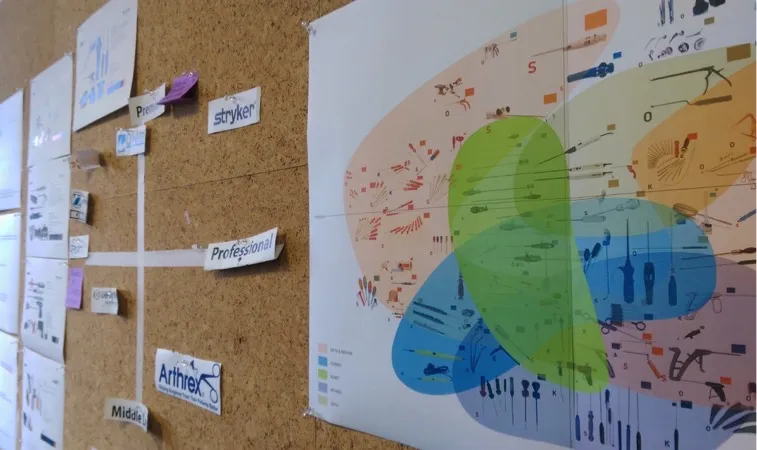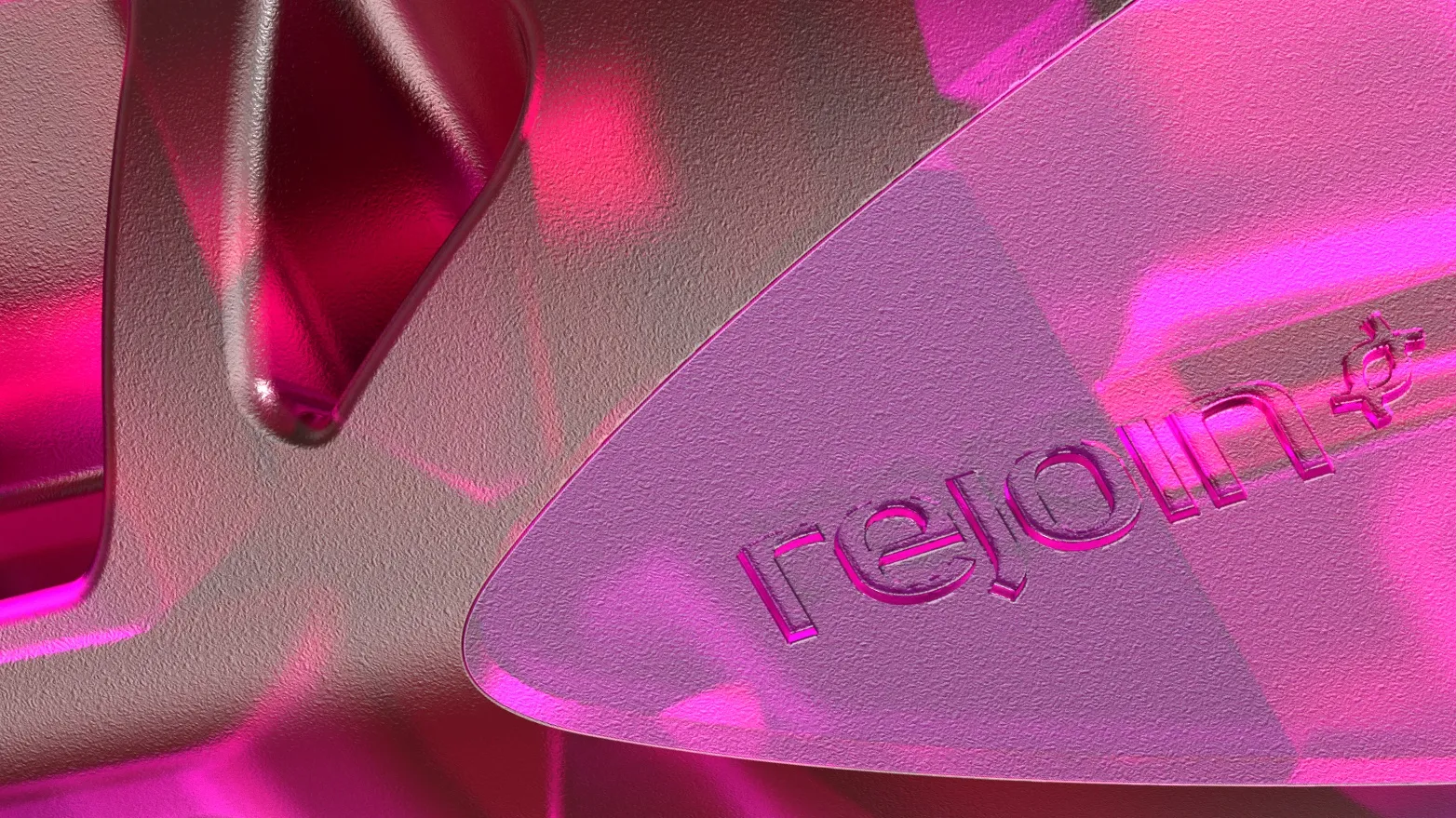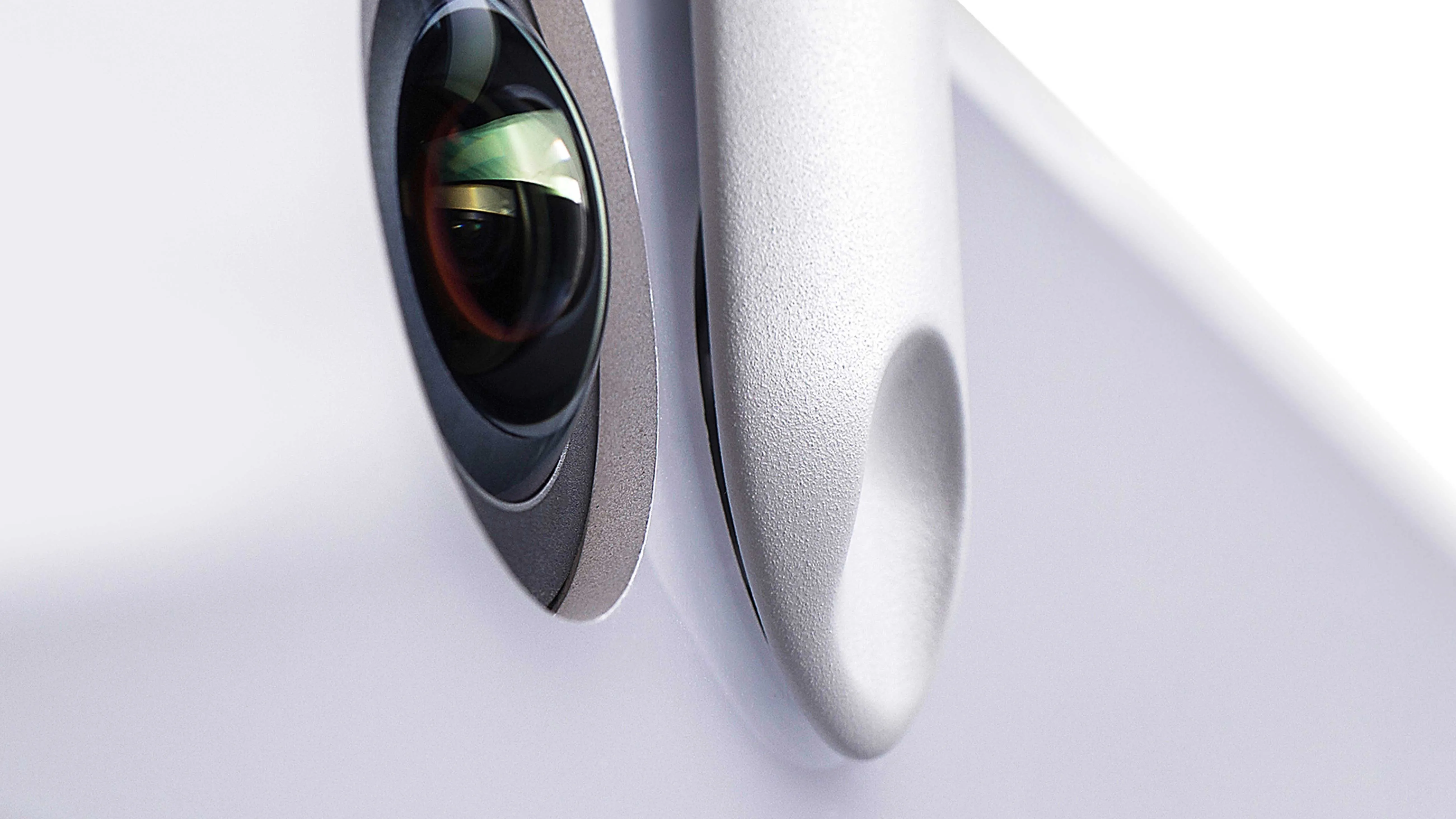Perspective
Non-invasive medicine is changing elite sport (Part 1)
In recent years, China has become an exciting playground for global sports brands, with both billions in muscle and creativity in advertising being boosted. This is of course no surprise - as the potential of the sporting goods industry in China is estimated to reach three trillion RMB (464 billion US dollars) by 2025. With huge implications, because the entrepreneurial gymnastics exercises are inspiring a gigantic nation to engage with sport not only more frequently, but also more dynamically and professionally.
Global players fight for China's sports market
Nike is the biggest sports brand in China. With the story of a young boy, they pay homage to China's youth and their growing penchant for professional sports; the boy says: "It doesn't matter how you do it, as long as you do it". The ad mixes world-famous star players and amateurs to create its all-encompassing message. This in turn may have encouraged Under Amour to steal the show from NIKE with their "Rule Yourself" campaign, featuring only star players and predominantly NBA star Stephen Curry. The endless clones of Steph Curry, all training on a huge concrete surface, lead us to the realization that "You are the sum of all your training", a work ethic shared by almost all Chinese schoolchildren.
Finally, Adidas' "One in a Billion" campaign, which in turn counters Under Armour, says that it's not just about the endless pursuit of perfection, but also about expression and creativity, getting young Chinese athletes to abandon their traditional, boring and repetitive ways and go against the grain. Encouraged by David Beckham, of course.

Who has the right recipe?
So if every brand has a different idea of how a billion people should move, how can we be sure they are moving properly, warming up enough and avoiding dangerous or incorrect movements? In short, we can't - injuries are inevitable. Opportunistically, these mistakes and mishaps are leading to the blossoming of a new Chinese sector, the world of sports medicine.
In the past, the word "injury" for a Chinese athlete simply meant a career-ending disaster or the beginning of an endless and uncertain road to recovery. This was largely due to conventional surgical methods (open surgery), where large incisions ensured that surgeons had enough insight and space to repair the complex joints. Today, almost every modern surgeon would hesitate to use such methods, not only because of the much longer operating time, but of course also in view of the lengthy recovery.
Fast sport - fast medicine
Today, in the world of high-tech sports medicine, it is becoming increasingly common to return "the greats of the game" to full performance in the shortest possible time, preferably in the same season, in order to defend titles and redefine medicine's ideas about surgical methods, recovery and rehabilitation. Although rehabilitation is still necessary after even the most minor surgery, the real match-winners could be the brands that continue to develop these minimally invasive surgical methods, instruments and implants and the surgeons who use them ever more professionally.
Last year, while surfing on the last day of a trip to the Philippines, I made one of these mistakes and I got hurt. In the wrong posture and desperately trying to avoid a wave that in the words of my instructor "would have sent a surfer into 1200 rpm", I tore a small disc-shaped cartilage in my shoulder called the glenoid labrum and the ligaments around the bursa sac. Although I didn't know the exact injury at the time, I had already heard such medical terms during my time at WILDDESIGN in my initial business discussions with a Chinese sports medicine start-up.
The arthroscopy project for Rejoin
Rejoin, an important supplier of sports medicine implants and surgical instruments, now wanted to try its hand at arthroscopic instruments in order to operate on bones, ligaments or tendons in the joints using so-called "keyhole surgery". Before you start imagining a fairytale ending with a spontaneously healed designer and quickly developed shoulder implants, bear in mind that it takes up to three years to develop such tools professionally. Why so long?
Chinese medical approval (CFDA) is the biggest hurdle today, but entrenched habits in hospitals and operating theaters are also slowing down the acceptance of innovative products. And last but not least, optimum ergonomics and functionality for surgeons are key factors in the development of medical instruments today. It didn't help: with shoulder pain and the threat of surgery looming, we entered into a collaboration with Rejoin to develop a strategic plan for the young brand that would enable all future products to be developed in a clear, unique and recognizable design line.
With growing demand for minimally invasive surgery due to the increasing prevalence of musculoskeletal disorders worldwide, Rejoin was in the right place at the right time. In the US, the fracture and ligament repair instruments segment is expected to account for the largest share of this market in 2017.
In China, collaborations with sports medicine research and government initiatives to promote sports medicine allowed companies like Rejoin to test the local APAC market and then position themselves as leaders in their field. However, the simultaneous influx of large international players into the Chinese market meant that they had to offer something new and really stand out from the crowd.

A bold decision on brand positioning
Even in the initial brand discussions, a general assumption was made to support Rejoin's future market position: Given the increasing popularity of the sports theme across China and consumers' progressive attachment to professional sports brands and teams, a dynamic, sports-oriented medical brand would stand out from the crowd much better than the often understated blue medical brands or the clinically sterile brand appearances of past decades.
In addition, young and professional sports enthusiasts, who are often targeted by big brands as part of advertising campaigns, should act as catalysts for the aspiring brand personality as they need to recover quickly and get back out there, be it on the pitch, in the velodrome or Olympic stadium, or simply trying to get back on a surfboard, as is the case with me.
This dynamic and intimate liaison with the patient, unheard of in the local market at the time, would provide the emotional stimulus needed to disrupt a visually stagnant market. When Rejoin, much like Adidas, went against the grain, WILDDESIGN moved on to Phase 2, with the goal of creating highly functional and ergonomic surgical instruments that would set the pulses of both hospital staff and surgeons racing.
In the second part of this three-part blog we will look at the work of our design teams, including the process by which we were able to create an innovative corporate design language that not only gives Rejoin a firm foothold in the Chinese sports medicine market, but has also become a tangible vision for a leading global sports medicine brand.
Do you already have questions?
Do you want to know more about why usability and color play a special role in medical design OR are you curious to learn more about the secret of design language - and how your company can benefit from it?
Contact us and benefit from our trend knowledge. You can download our Medical Design Trend Update 2018 as an eBook for free!
Frequently asked questions





